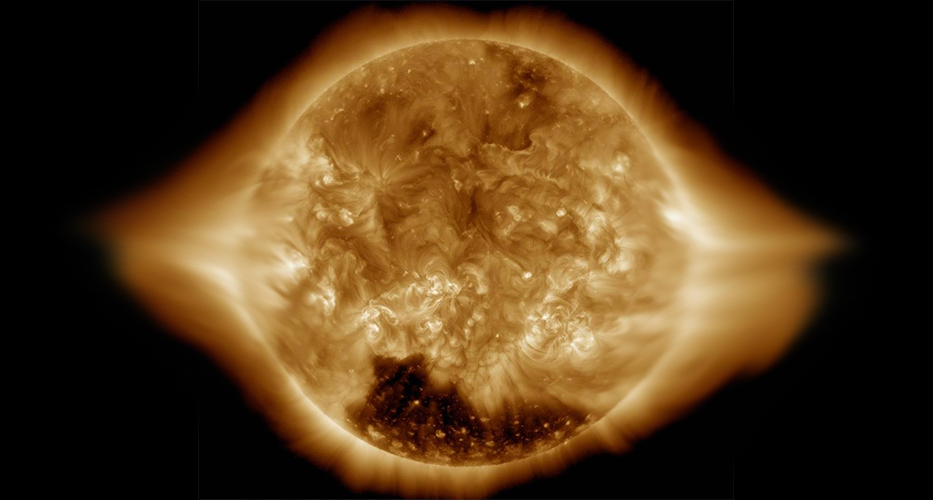Modern society of the 21. century has become dependent on satellites, a dependance which can only be expected to increase in the future. In addition, we also on ground experience an increasing use of technologies which are vulnerable to processes in the space environment, in particular within vital areas such as communication, navigation (GNSS) and electrical power distribution.
The more technologically advanced our civilization gets, the more vulnerable we become to space weather. In February 2012 the British Defence Committee published a report where space weather was described as “one of greatest risks for the modern society”. Like-wise the US National Research Council has estimated the damages of an extreme space weather event to be in the order of $1-2 trillion.
Forecasting the changing conditions in the space environment -the space weather- has therefore become an increasing societal need. At DTU Space we are deeply engaged in the international effort to develop new forecasting tools and models, and to improve forecasting of specific effects.
Through ESA, we participate in a consortium, consisting of a large number of universities and research institutions throughout Europe, to develop and provide space weather forecast to ESA and to interested parties worldwide.
Space weather primarily originates from the changing conditions at the Sun, which is constantly emitting a highly variable solar wind.
Our primary focus is to identify structures in the solar wind which may cause geomagnetic storms.
Geomagnetic storms are one of the most important types of space weather events, with potential to disrupt both communication, navigation and power distribution, and which also pose a direct threat to satellites and astronauts.
We have developed and distribute, through ESA, a system for automated warning of Earth arrival (AWARE) of potentially geoeffective solar wind structures, and for estimating the risk of geomagnetic storms the next 24h.
We also investigate the effects in near Earth space, in particular the variable electric currents in the upper atmosphere occurring during geomagnetic storms, with the aim to understand the mechanism behind the most serious effects on ground, namely induced currents which may disrupt power distribution.
